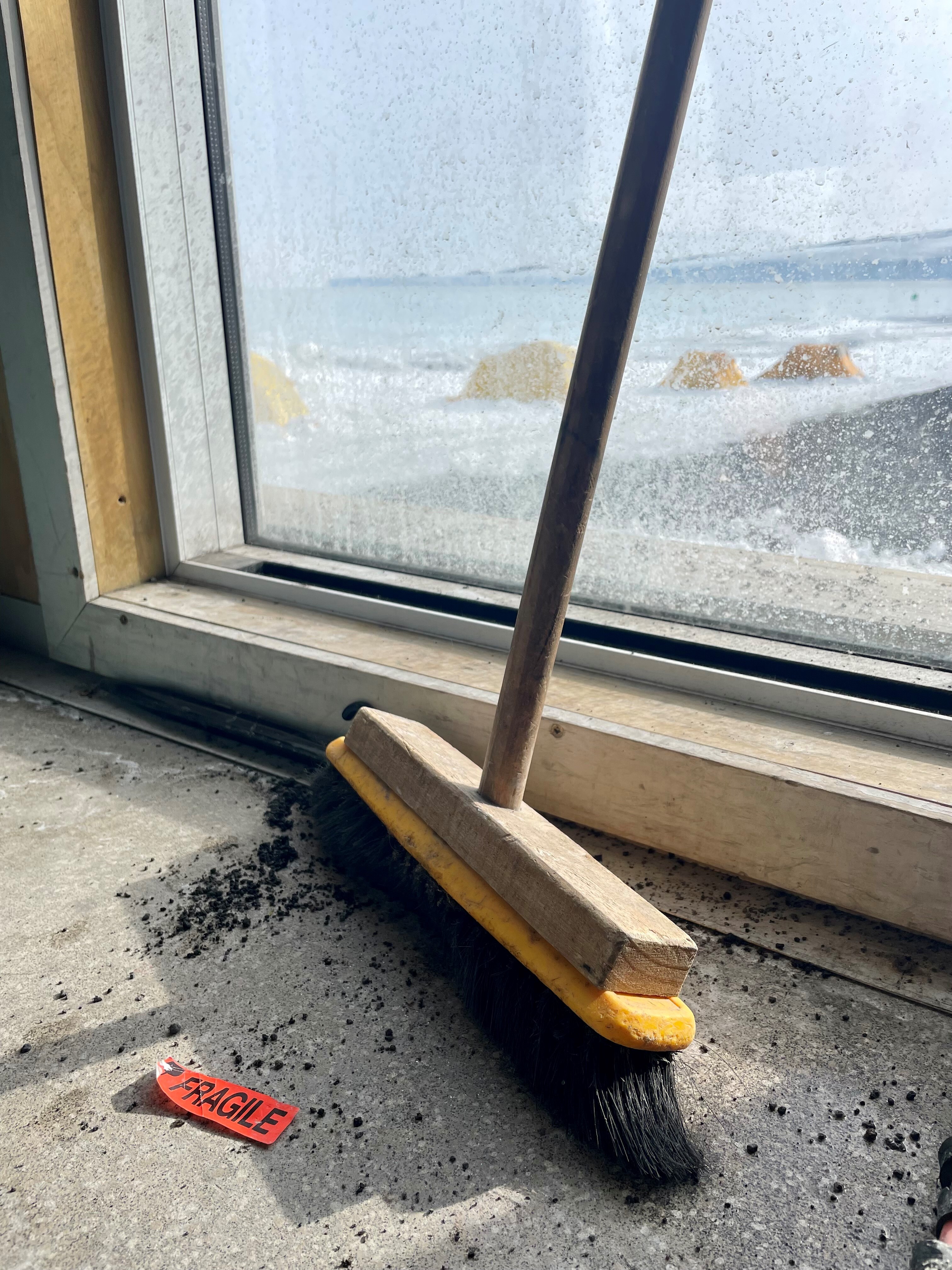A new destiny for Scott Base plastics – environmental policy in action

When you think of Antarctica, you’re likely not thinking of waste. But despite Antarctica’s remoteness, plastic pollution ends up in the Antarctic environment from both long and short range sources. Ocean and atmospheric currents carry plastics to Antarctica across great distances, and mismanaged waste, synthetic clothes, flags, building materials and tyres are all sources of microplastic pollution from local activities on the continent.
At this year’s Antarctic Treaty Consultative Meeting in Milan, the Antarctic Treaty parties adopted Resolution 5 (2025) Towards ending plastic pollution in the Antarctic Treaty area. This agreement calls on the parties to take relevant measures, as appropriate, to prevent or reduce plastic pollution resulting from activities within their control in the Antarctic Treaty area.
At Antarctica New Zealand, we’re constantly looking for ways to improve our waste management procedures. If you’ve visited Scott Base, you know how important our waste streaming system is. Plastic is a challenging waste stream and much of the Scott Base plastic waste has ended up in landfill because of a lack of recycling options. But we are excited to share a new solution! Soft plastics and plastics numbered 3, 4, 6 and 7 (check the triangles on your containers) will be taken by Enviro NZ to be turned into Process Engineered Fuel (PEF) for the Golden Bay cement factory. This process incinerates the fuel at such high temperatures that it is considered a cleaner fuel with less greenhouse gas emissions than the prior coal plant. Plastics numbered 1, 2 and 5 will continue to be recycled with the Christchurch City Council.
Effective waste management is environmental policy in action and everyone has a role to play!
